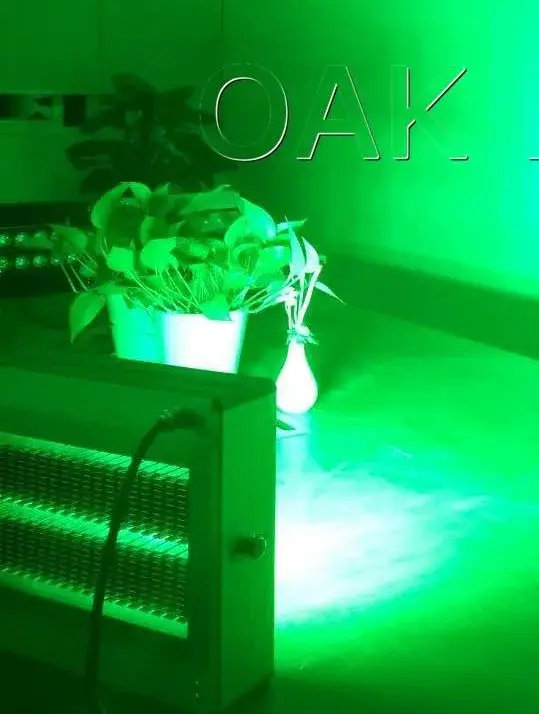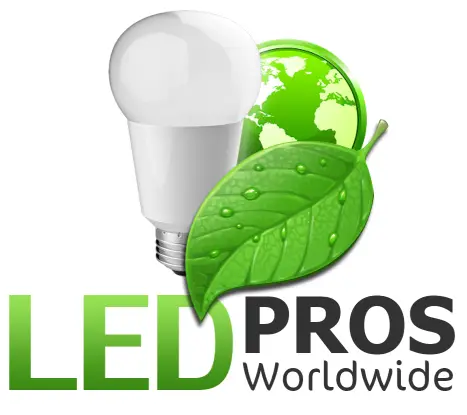Commercial LED lights have revolutionized the lighting industry, but their actual LED lights lifespan often remains a mystery to many facility managers and business owners. Let’s dive into the real-world longevity of these energy-efficient lighting solutions and uncover the factors that influence their durability.
Understanding Commercial LED Lights Lifespan
The typical commercial LED lights lifespan ranges from 50,000 to 100,000 hours, depending on various factors. However, this isn’t as straightforward as it might seem. Unlike traditional bulbs that suddenly burn out, LEDs gradually dim over time.
The Science Behind LED Degradation
Do LEDs degrade over time? Absolutely! But understanding this process helps in making informed decisions:
– Light output diminishes gradually
– Color consistency may shift slightly
– Heat management plays a crucial role
– Environmental factors impact performance
Industry Standards and Testing Methods
L70 Test and LED Longevity
The L70 test represents a crucial industry benchmark. This standard measures when LED output drops to 70% of its initial brightness – considered the practical end of useful life for most commercial applications.
Understanding LM80 Testing
The LM80 test provides data about:
- Lumen maintenance
- Color stability
- Long-term performance predictions
- Temperature effects on lifespan
Quality Matters: Leading Manufacturers and Components
Premium LED Manufacturers
Phillips LEDs and Cree LEDs lead the industry with:
– Superior binned diodes
– Consistent color rendering
– Excellent thermal management
– Robust warranty programs
 |
The Critical Role of LED Drivers
How long do commercial LED drivers last? It depends on quality and manufacturing. Let’s compare: Read more about How Do LED Drivers Work? here.
Meanwell Drivers vs. Sosen Drivers
– Meanwell:
* 7-10 year lifespan
* Higher initial cost
* Superior heat management
– Sosen:
* 5-7 year typical lifespan
* Cost-effective solution
* Good reliability for price point
Maximizing LED Investment Through Proper Selection
Understanding Binned Diodes
Quality binned diodes ensure:
- Consistent color temperature
- Uniform brightness
- Better long-term performance
- Reduced early failure rates
Environmental Considerations
Commercial LED lights lifespan varies significantly based on:
– Ambient temperature
– Humidity levels
– Operating hours
– Installation location
Maintenance and Optimization Strategies
To extend commercial LED lights lifespan:
- Implement regular cleaning schedules
- Monitor driver performance
- Maintain proper ventilation
- Address issues promptly
Cost Analysis and ROI Calculations
Consider these factors when calculating return on investment:
– Initial installation costs
– Energy savings over time
– Maintenance reduction
– Replacement frequency
Frequently Asked Questions
Q: How long do LED lights typically last in commercial applications?
A: Commercial LED lights typically last 50,000 to 100,000 hours, depending on quality and operating conditions.
Q: Do LEDs degrade over time even when not in use?
A: Yes, but at a much slower rate. Environmental factors still affect stored LEDs.
Q: What’s the difference between L70 and LM80 testing?
A: L70 measures time until 70% brightness, while LM80 provides comprehensive performance data over time.
Q: Are expensive LED drivers worth the investment?
A: Usually yes, as premium drivers like Meanwell often outlast cheaper alternatives and provide better performance.
Q: How do binned diodes affect LED longevity?
A: Properly binned diodes ensure consistent performance and reduce early failure rates.
Troubleshooting LED Performance Issues
Understanding Early LED Failure
Why do LED lights burn out prematurely? The answer often lies in several key factors. Poor heat management frequently leads to early failure – when LEDs can’t properly dissipate heat, their lifespan drastically reduces. Low-quality drivers can also cause premature burnout, as they may provide inconsistent power supply to the LEDs. Surprisingly, incorrect installation plays a major role too, particularly when LEDs are placed in poorly ventilated fixtures or connected to incompatible dimming systems.
Recognizing LED Degradation Signs
Identifying when an LED light is going bad involves watching for several telltale indicators. Initially, you might notice subtle color shifts, where whites appear slightly yellow or colors seem less vibrant. Another common sign is flickering, which often points to driver issues rather than LED chip problems. You’ll also want to watch for uneven lighting across multiple fixtures installed at the same time – this could indicate that some units are degrading faster than others.
24/7 Operation Considerations
Can LED lights handle continuous operation? While commercial LED lights are designed for extended use, running them 24/7 does impact their lifespan. However, it’s not the continuous operation that typically causes issues – rather, it’s the heat buildup over time. Quality commercial fixtures with proper thermal management can indeed run constantly, though they might reach their L70 threshold sooner than those used intermittently. Interestingly, frequent on-off cycling can sometimes cause more stress than constant operation.
End-of-Life Indicators
As LEDs approach the end of their useful life, they exhibit several characteristic behaviors. The most obvious sign is significantly reduced brightness – remember, commercial LED lights lifespan often ends not with complete failure but when light output drops below acceptable levels. You might notice certain sections of a fixture appearing dimmer than others, or the light requiring more power to maintain the same brightness level. Some advanced commercial systems even include monitoring capabilities that can alert facility managers to degrading performance before it becomes visible to the naked eye.
Replacement Timeline Strategies
The replacement schedule for LED lighting depends heavily on your specific application and quality requirements. High-end commercial installations using premium components like Phillips LEDs or Cree LEDs with quality drivers might not need replacement for 10-15 years under normal use. However, budget systems or those in challenging environments might require attention sooner. The key is to develop a proactive replacement strategy based on actual performance metrics rather than waiting for complete failure.
Many facility managers now use predictive maintenance schedules based on L70 test data and real-world performance monitoring. This approach helps prevent both premature replacement of functioning systems and the sudden failure of aging units. When developing your replacement strategy, consider factors like:
– Initial light output requirements
– Acceptable degradation thresholds
– Critical vs. non-critical lighting areas
– Labor costs for replacement
– Energy efficiency improvements in newer models
By understanding these aspects of LED performance and degradation, facility managers can better plan for maintenance and replacement, ultimately optimizing their lighting investment while maintaining required light levels. Remember, while commercial LED lights lifespan is impressive compared to traditional lighting, proper planning for eventual replacement remains crucial for maintaining optimal lighting conditions.
Conclusion
The commercial LED lights lifespan depends on multiple factors, from initial quality to ongoing maintenance. Understanding these elements helps make informed decisions about lighting investments. By choosing quality components like well-binned diodes and reliable drivers, while implementing proper maintenance protocols, businesses can maximize their LED lighting investment and ensure optimal performance throughout the system’s lifetime.
Remember, while the upfront cost might be higher for premium components like Phillips LEDs or Meanwell drivers, the long-term benefits often justify the investment through reduced replacement needs and consistent performance. As LED technology continues to evolve, staying informed about industry standards and testing methods helps make better purchasing decisions for your commercial lighting needs.
Your message has been sent
